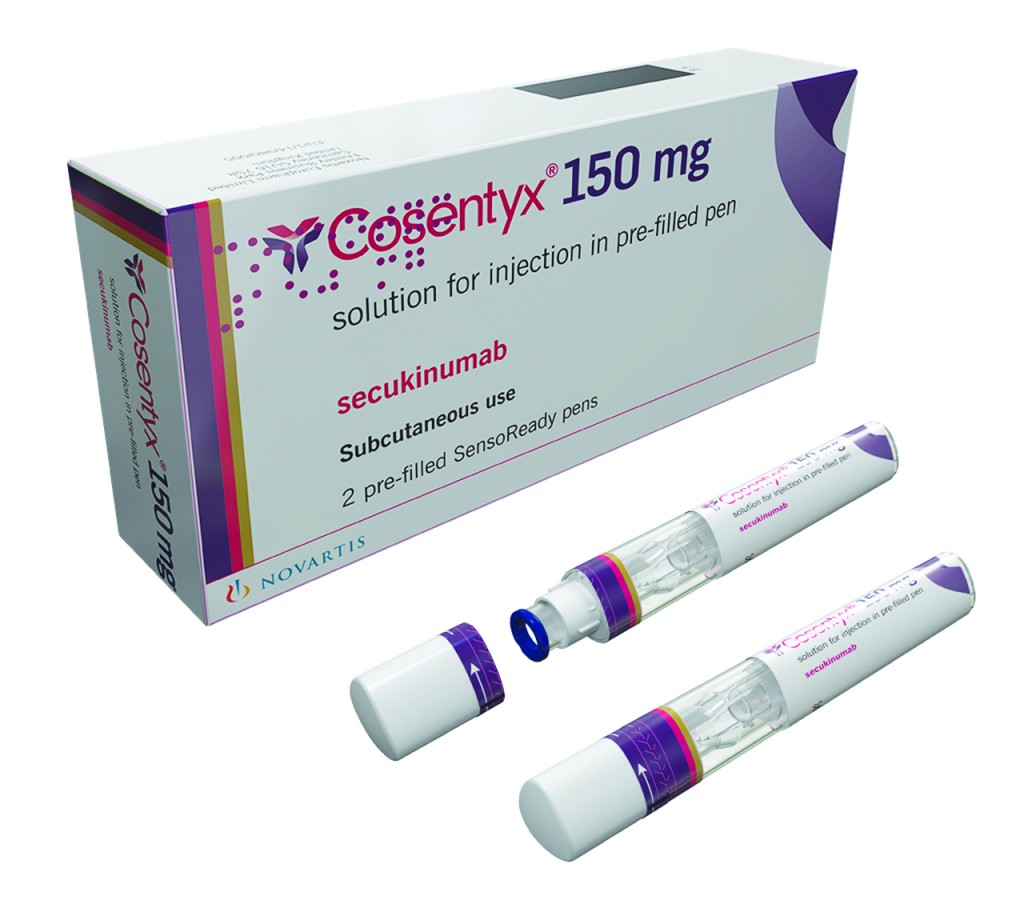The HPRA continues to place great emphasis on encouraging and promoting the submission of adverse reaction reports associated with the use of medicines from its stakeholders. These reports are important to highlight potential safety issues from medicines in use and ultimately assist the HPRA in monitoring the safety of medicines on the Irish market.
During 2014, we received a total of 2,884 suspected adverse reaction reports occurring in Ireland from healthcare professionals, members of the public and pharmaceutical companies, indicating a small increase in reporting figures for 2013. A breakdown of the reports by source is outlined below and it is important to note that reports submitted by pharmaceutical companies, will have first been brought to their attention by healthcare professionals, patients and consumers, prior to onward reporting to HPRA.
In keeping with experience in other European countries, reporting rates were highest for newly authorised medicines, with nearly 20% of the reports received associated with the use of medicines subject to additional monitoring requirements. The requirements for additional monitoring introduced in the context of the legislative revisions in 2012 highlighted the importance of reporting all suspected adverse reactions associated with the use of these products, identifiable by an black inverted triangle on the product information (Summary of Product Characteristics (SmPC) and Package Leaflet (PL)) and the contribution of reporters in highlighting experience with these new medicines, for which limited data may be available, is especially helpful. Reporting rates are also influenced by their ease of recognition and may be stimulated by publicity about a particular medicine or reaction. Reporting rates are also influenced by proactive and repeated requests to healthcare professionals to submit reports on certain medicines as part of on-going post marketing surveillance, as well as other promotional and data collection activities.
Breakdown of Reports by Source for 2014
Source of Suspected Adverse Reaction Reports
Pharmaceutical Company: 67%
Community Care Doctor: 7%
General Practioner: 4%
Hospital Doctor/Specialists: 4%
Hospital Pharmacist: 4%
Community Pharmacist: 4%
Nurse: 4%
Patient/Consumer: 3%
Clinical Trial reports: 2%
Other: 1%
Individual case reports are followed up by the HPRA, with feedback information provided to reporters, as appropriate. Relevant, anonymised reports (i.e. serious, suspected cases) notified directly to the HPRA by healthcare professionals or members of the public are forwarded to the appropriate marketing authorisation holders (MAHs) and the European Medicines Agency (EMA) within the agreed timeframes and formats. The HPRA also continues to provide details of reports received to the World Health Organisation (WHO) for inclusion on its international database.
There are several options in place for reporting suspected adverse reactions to the HPRA. These are as follows:
- By following the links to the online reporting options accessible for the HPRA homepage (www.hpra.ie),
- Using the downloadable report form also accessible from the HPRA website, which may be completed manually and submitted to the HPRA via ‘freepost’,
- Using the traditional ‘yellow card’ report, which also utilises a freepost system,
- By telephone to the HPRA Pharmacovigilance section (01-6764971)
















